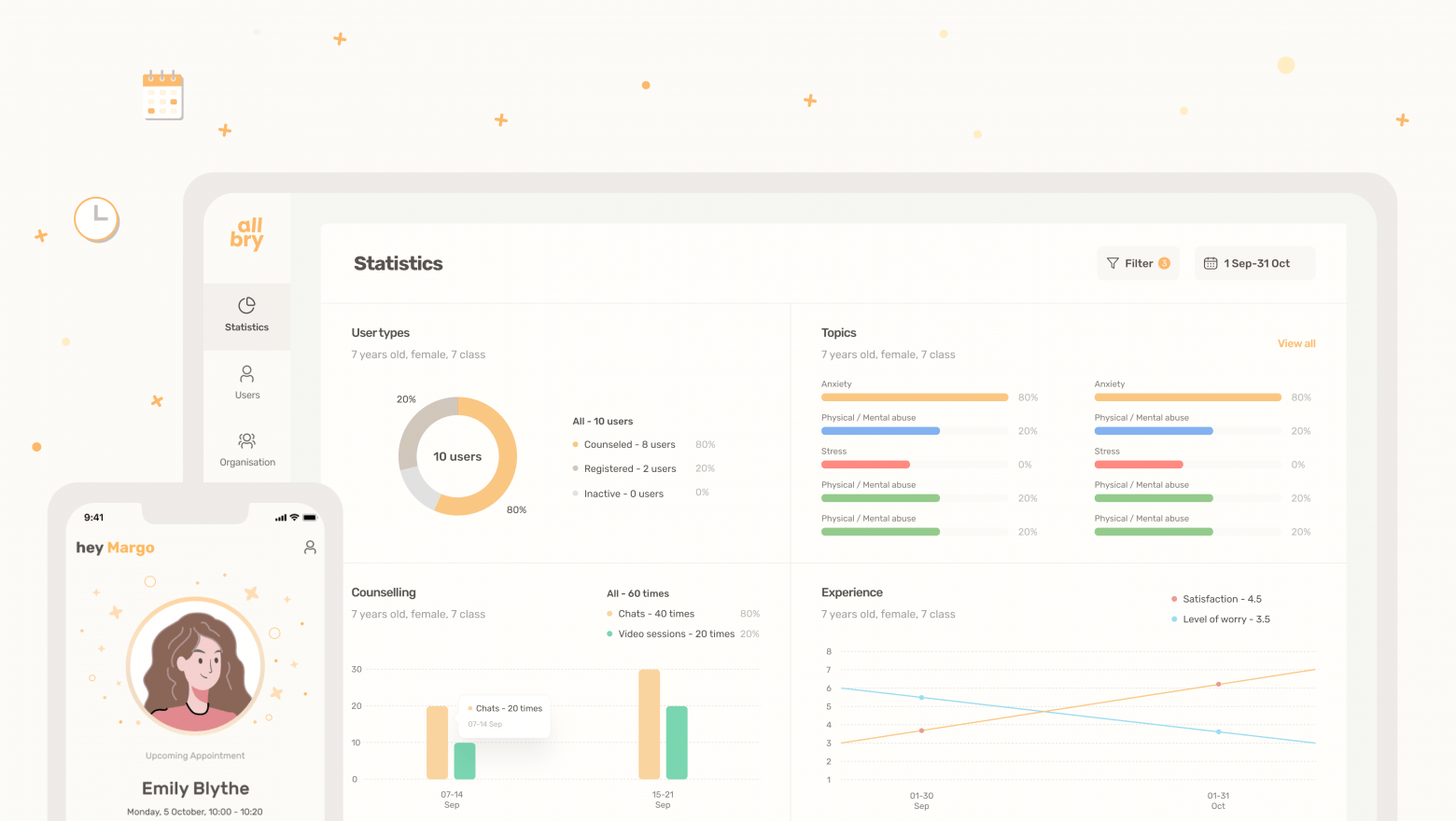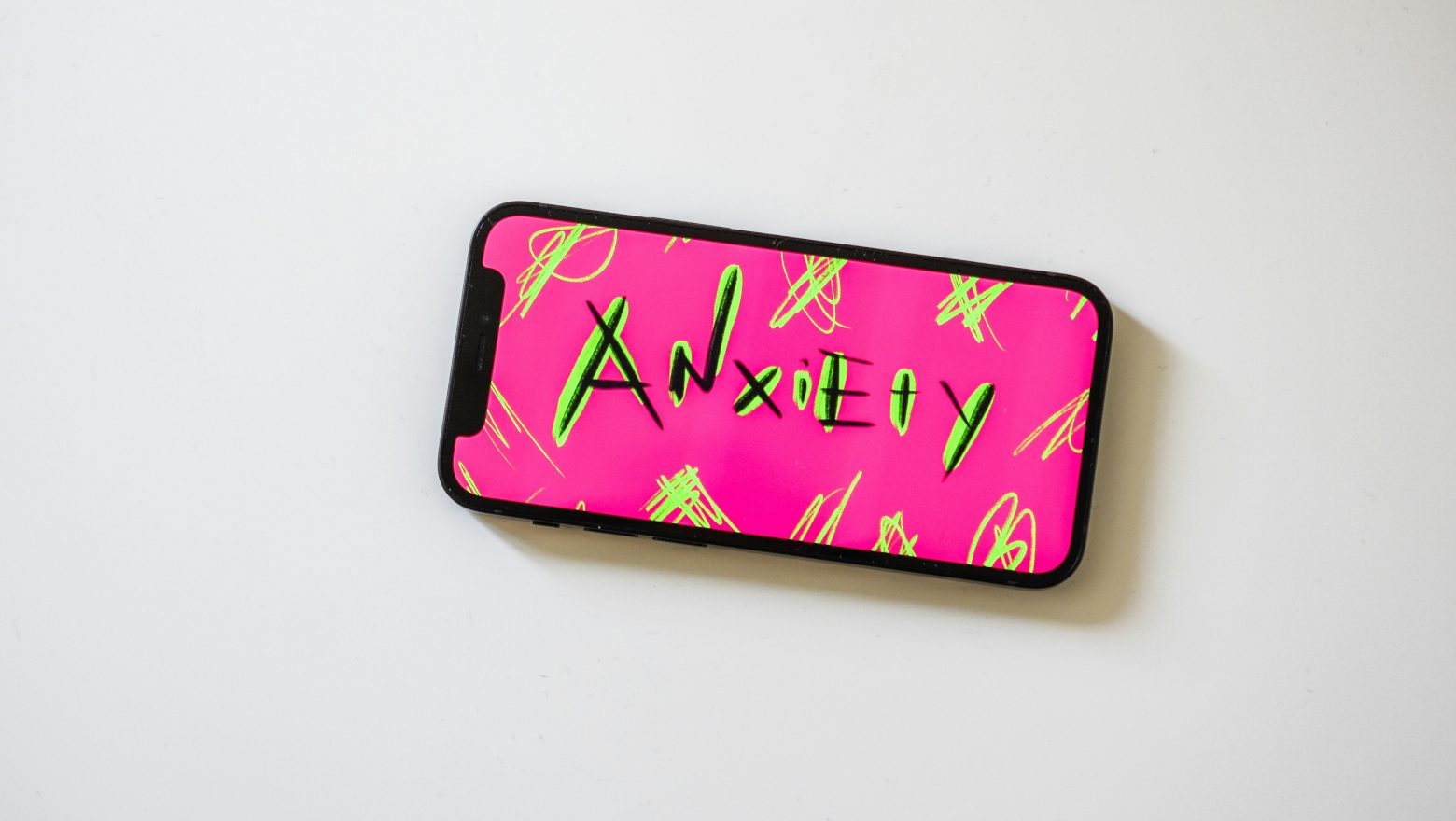No, these aren’t our words; it’s from a study about mental health apps.
Interestingly, it includes information on which apps users are most satisfied with. What are they really interested in, then?
We’ve decided to delve deeper into this study and reflect on our own experience to understand what truly needs to be done for users to choose your app and become highly engaged with it.
1. Be the Best at One Thing
Surprisingly, privacy and clinical data had less influence on the app selection process. This suggests that accessibility and relevance to individual conditions are the primary considerations, with privacy concerns being secondary.
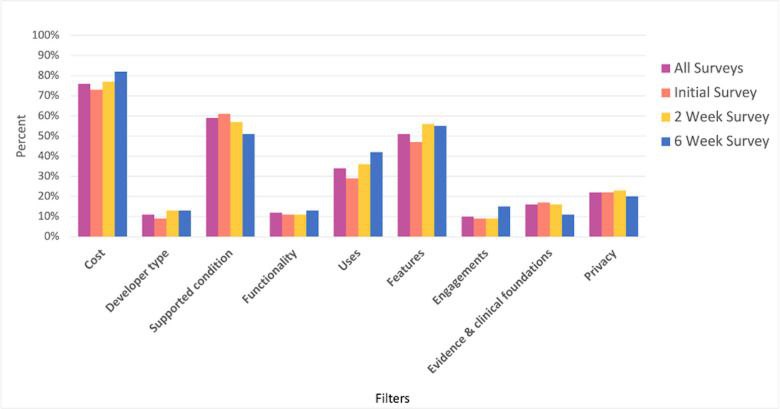
Image credit: PLOS Digit Health
Users valued apps that focused on solving one specific problem (e.g., only depression) rather than trying to address multiple issues. This created a sense of a more comprehensive and in-depth application.
You may have noticed that the popular Apple brand, despite certain limitations, still has high demand. In UX, this approach is called “Hick’s Law,” where instead of overwhelming users with many choices, you give them just one.
Similarly, by focusing on one specific aspect, users perceive the app as deeper and higher quality.
This focus doesn’t have to be just on an illness. For example, in the Allbry app that we worked on, the focus was on young people. This too is a kind of focus.
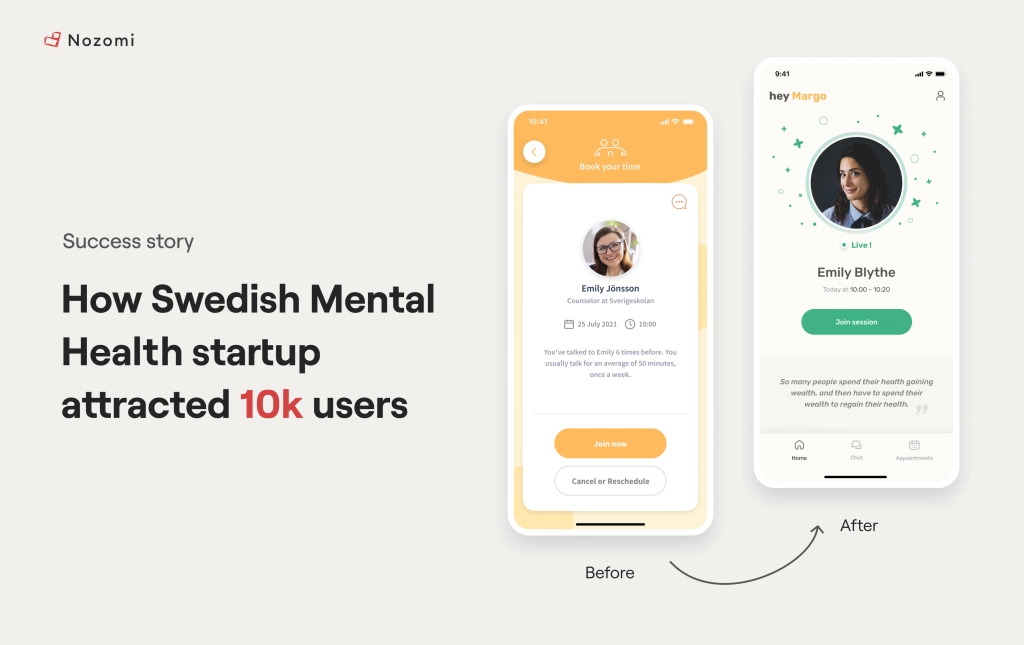
See how we reached 10 000 Swedish users in Allbry
2. Focus on Specific Features
At first glance, it seems very abstract. But the research also highlights which specific features interested users. Popular features included:
1. Anonymity
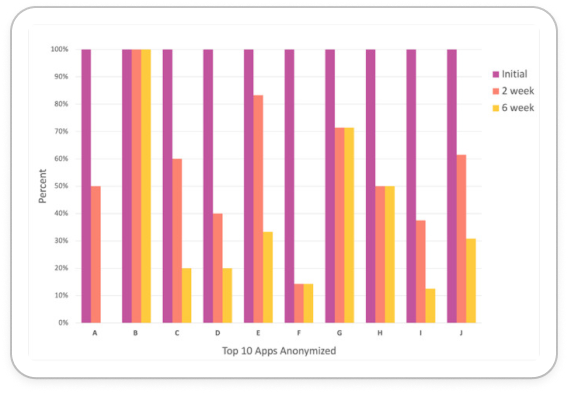
Image credit: PLOS Digit Health
We will confirm this, as our own user tests revealed that some people are not willing to share their psychological issues. However, if you add an element of anonymity, users are more willing to discuss anything.
For example, in Allbry, we allowed users to keep their information private in chat and video calls, and this indeed increased the number of users on the app.

2. Notifications
A popular feature that seems to be present in almost all apps. However, developers often use it in a way that’s not quite effective.
It’s important to create the feeling that it’s an integral part of the app, not just another phone feature sending unnecessary notifications that can be irritating.
For instance, look at how it’s natively implemented in Calm. Their approach increased their retention rate because, instead of a standard pop-up message about enabling notifications, the feature was presented as a ‘Reminder.’
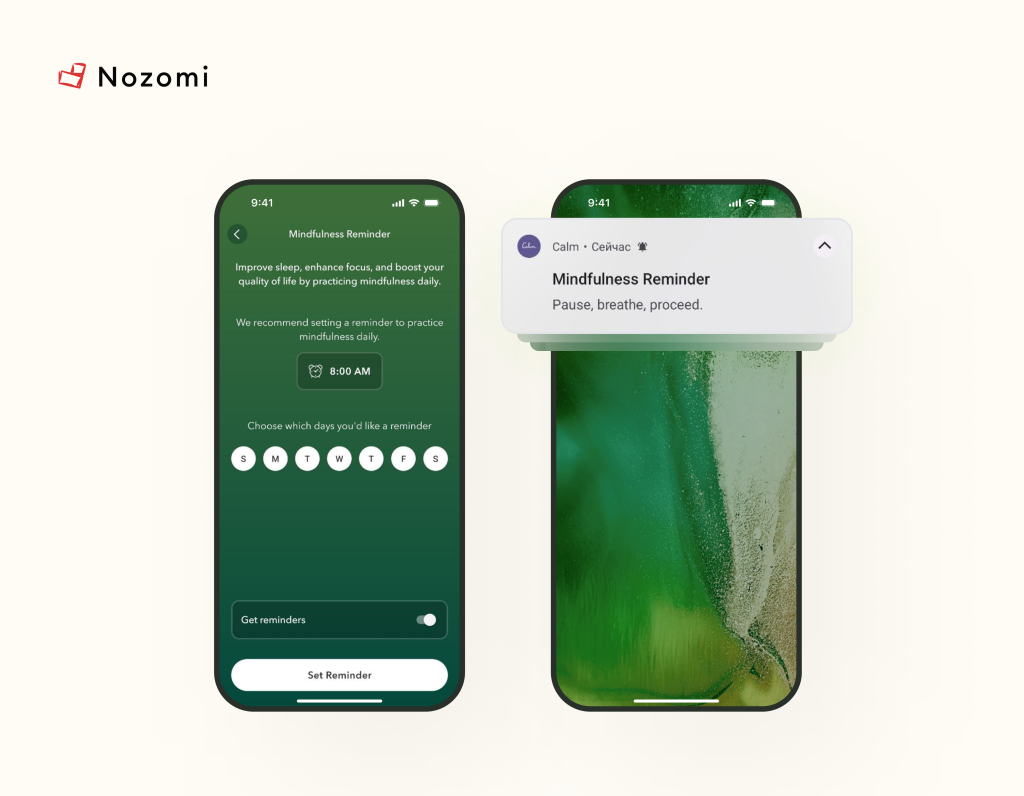
Also, note that users are given the option to choose ‘when’ to receive notifications, which played a significant role as well.
3. Goal Setting
And the last popular feature among users is something related to freedom.
Users enjoy setting goals and appreciate having a ‘Journey’ because it gives meaning to an otherwise monotonous routine.
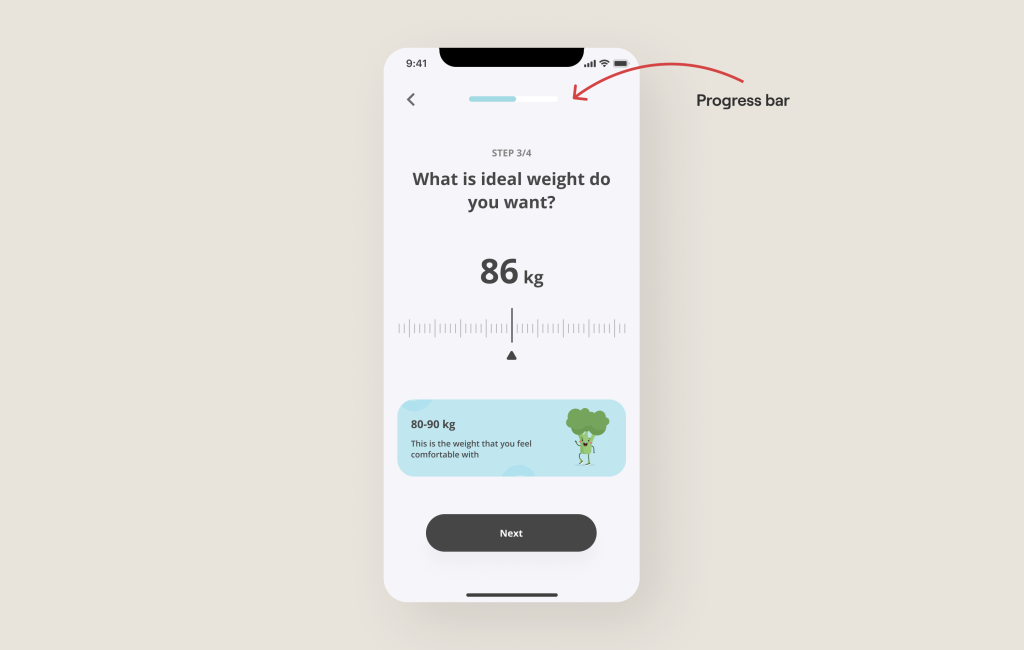
Let’s take it a step further. By adding gamification to goal-setting, users are even more likely to return to the app daily, which can increase the app’s DAU (Daily Active Users).
For example, look at the gamification system we implemented in ProgressMe.
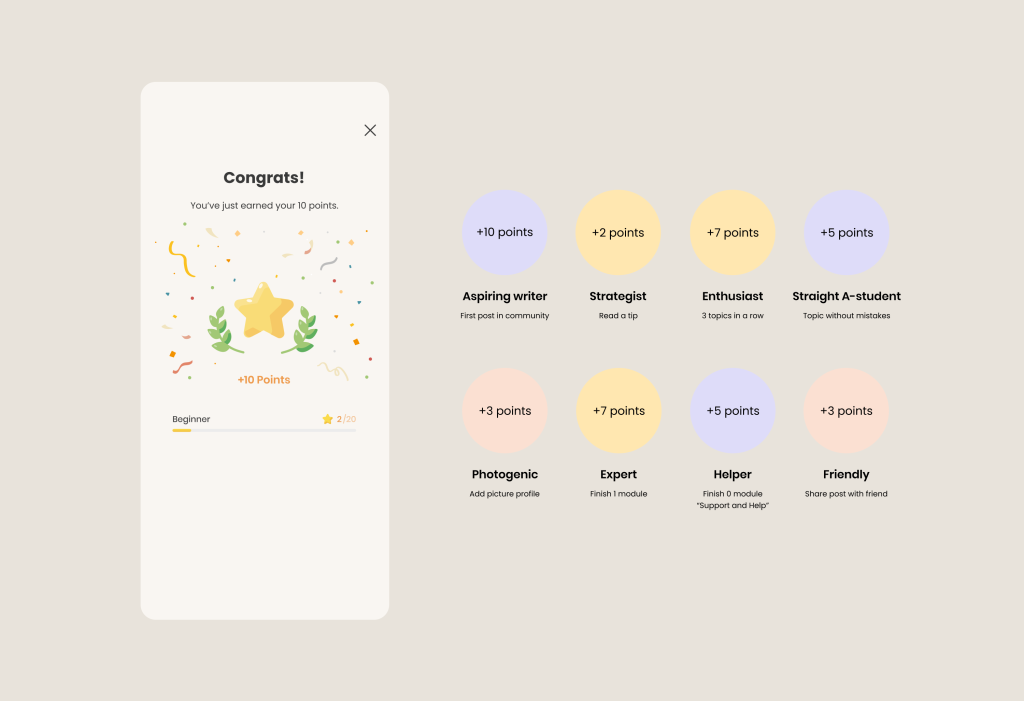
Or even set up competitions. In one of our apps, we introduced streaks and competitions with other users, which significantly increased engagement.
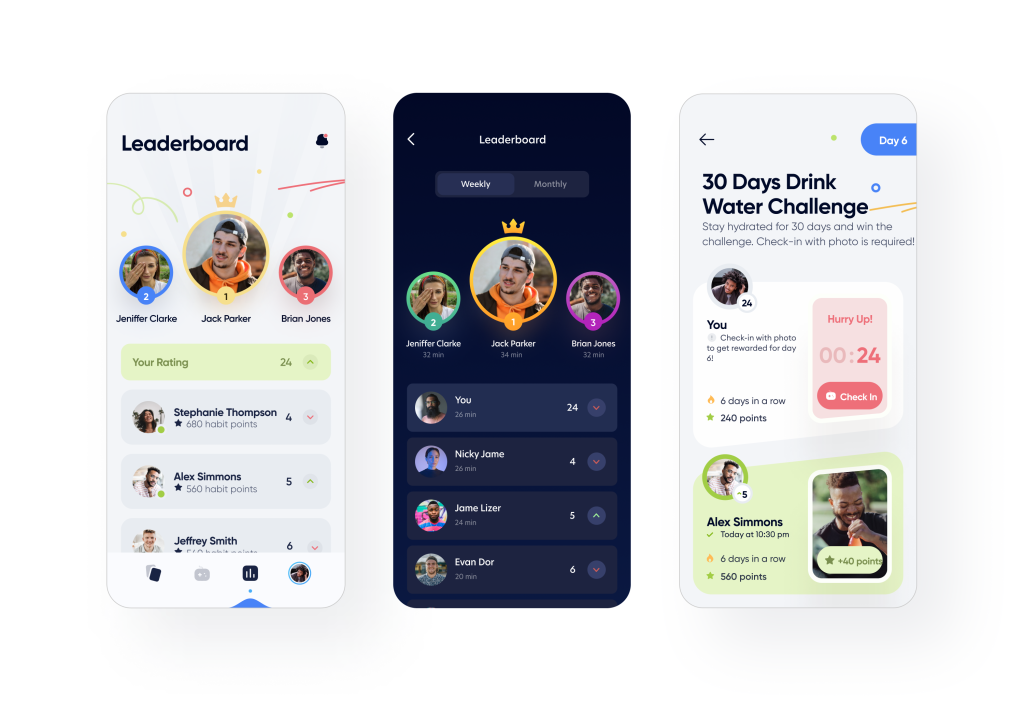
3. Cost
The list of apps users mentioned included not only free ones but also those that covered insurance or offered some free introductory features.
So, if you’re not a large corporation, it’s worth considering offering minimal free functionality or at least a 3-day trial version.
What else did we find interesting?
The impact of usability and self-efficacy: overall, usability was high, indicating that the chosen apps were user-friendly.
However, the digital working alliance, reflecting the therapeutic relationship between the user and the app, slightly diminished over time.
People with higher self-efficacy were more likely to continue using the app, which suggests that confidence in managing one’s mental health plays a significant role in sustained engagement.
What other techniques and features exist for mental health apps?
We have a couple of articles below on the topic, based on our experience in developing mental health apps. Additionally, we want to share with you a list of the top 10 killer features for mental health products that have significantly improved our product metrics:
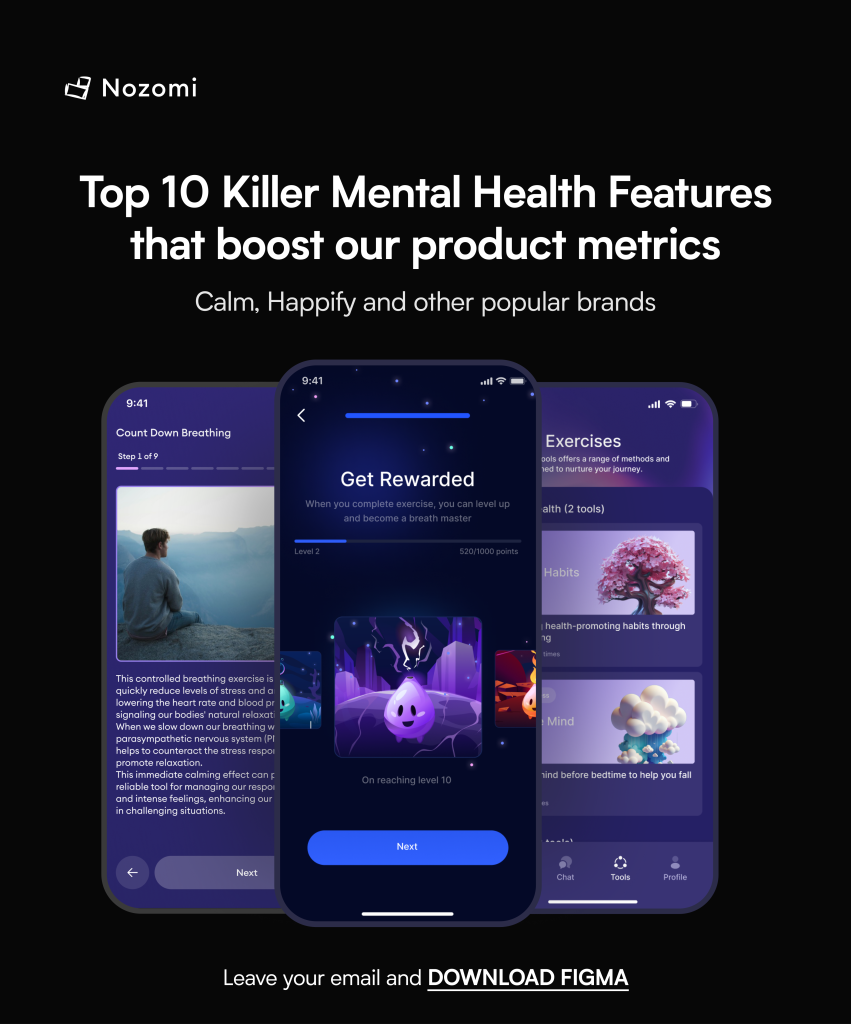
Download Top 10 Killer Mental Health Features that boost our product metrics
And who we are? We are a digital health product studio, who transforms healthcare digital experiences and sets new standards for delivering digital healthcare in a way that positively impacts people’s lives.
We assist healthcare startups in designing and developing digital products, while also helping healthcare organizations undergo transformative changes.
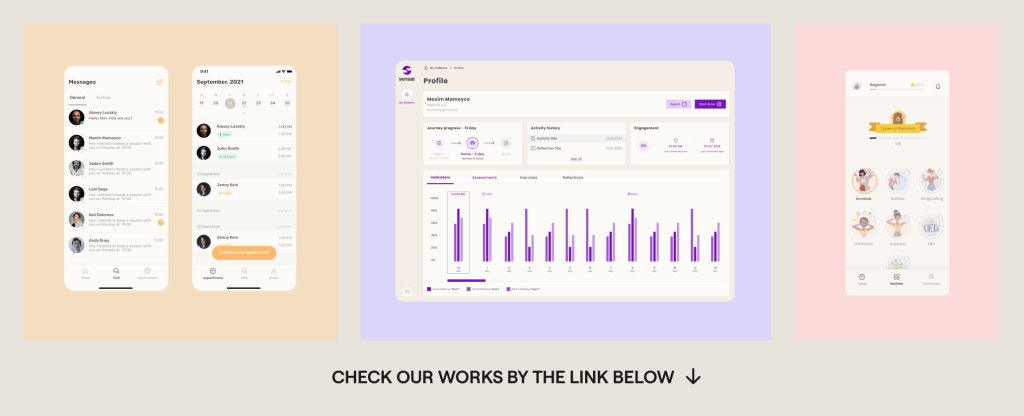
If you are interested about our experience check our portfolio with case studies: https://studio.nozomihealth.com/work
Or write to us now on m@nozomihealth.com and we will discuss how we can help ensure that your product brings real benefits



